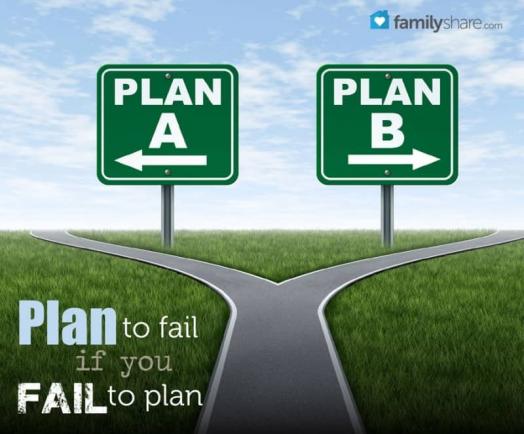
The purpose of having a five-year plan is to set up a road map for yourself on how to reach your goals. When you look at a five-year plan, which is so far into the future, you may find it so daunting that your first impulse is to say it's too difficult to reach that goal. But if you break your goals down to yearly, monthly, weekly, daily, and hourly goals, you have more self-confidence in your ability to set and reach your goals.
Here are some things to consider doing as a family to help your children learn to set goals for themselves at different stages of their development. As young adults, they can learn to make the right decisions for themselves.
When setting goals for your children make sure they're age-appropriate.
Behavioral Goals
Younger children don't always know how to share their toys. Parents can use the same system to teach their children to share their toys and also develop good socialization skills. This can start in preschool and continue on until the child enters kindergarten and first grade. One way to teach children to share their toys may be to set up some type of reward system. First you need to find out what it is that they really want and use that as a reward when the child exhibits appropriate behavior. It may be as simple as a hug and a kiss.
Socialization Goals
Peers afford preschoolers some of their most exciting, fun experiences. Not having friends or playmates can be frustrating, even painful, for young children. Teaching preschoolers socialization skills may mean nothing more than taking them to the park where they can play with other children the same age, or they can learn to play with animals without hurting the animal.
Educational Goals
Remember not to compare your children to one another in learning skills because every child learns differently. The challenge here is to teach children how to make learning fun. At every grade level, the challenge is different. The challenge here is to not only keep him interested in class, but also allow them to participate in group sports (if they so choose) as a reward. Once children reach high school, they often enjoyed participating in afterschool programs or spend time with friends. Use this as a reward system for their setting and achieving goals in the classroom.
Financial Goals
The purpose of an allowance is to teach children at a young age some financial responsibility. This can be achieved by giving your children chores to do around the house which they will be paid for at the end of the week. This gives them some responsibility and helps them understand that nothing is free in life, and you often have to work for it. A two-year-old likes to help mother in the kitchen. Why not start there? As they get older, give them more responsibility to help around the house.
Employment
Giving a child responsibility in the home and rewarding them with an allowance helps prepare them for the workplace. As the child matures, more responsibility needs to be placed on them. They may want to consider employment. Learning to save money to buy something teaches them skills they will need as they leave home and take on more of the responsibility of paying their bills. It may be nothing more than having them purchase gas for the car every time they use it. This way, as they enter the workforce and they have to take care of bills like rent, utilities, and other expenses, they will be more prepared to budget based on their income. The purpose is to teach the child responsibility and not spend more money than they earn. If they don't learn this early on, they may struggle with debt because they don't know how to manage money effectively.
Setting up five-year plans for your children is an effective way to recognize growth and the need for increased responsibility as a natural part of growth. By setting up a road map now, you can help your children travel in the right direction.

